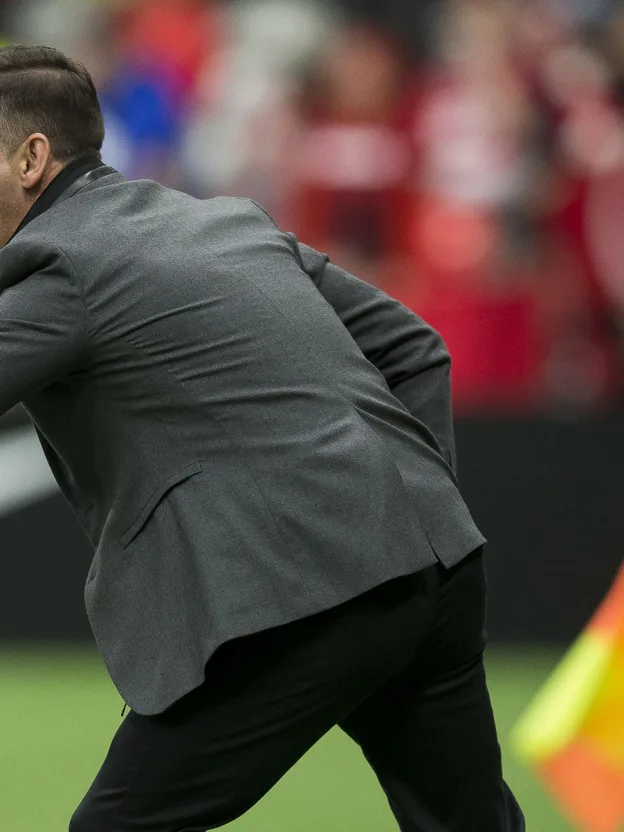Canada’s two most recent World Cup qualifying campaigns were defined by losses in Honduras. Canadians had to watch Panama play in the 2018 World Cup. If the host Qataris get their wish and the World Cup remains at 32 teams in 2022, keeping the ambitious expansion to a 48-team tournament on hold until 2026, then we know Canada’s short-term goal isn’t to be better than the CONCACAF bosses from Mexico. No, Canada’s realistic target is to be better than the rest en route to a World Cup berth. And this is why qualifying for CONCACAF Nations League A is so important; 2018 and early ‘19 were filled with qualifying games against low-ranked Caribbean nations. We know Canada needs to be in games with much higher stakes involved. To get better than the likes of Honduras, Costa Rica and Panama, you’ve got to play them — or at least nations of similar statures — regularly. This autumn, Canada will be placed into one of four three-team League A groups, with the opposition coming from teams drawn out of CONCACAF’s top 12. Could be Mexico. Could be the United States. Or, cough, Honduras.

The four group winners go to the semifinals. The second-place teams get … a set of steak knives? And the third-placed teams get relegated to League B. If Canada once again allows a game in Central America to get out of hand, which has so often been the case in recent World Cup qualifying campaigns, it could mean a ticket to League B. Canada will need to show it can get results away from home in hostile environments, something that’s plagued this country’s soccer program since… well… it’s always been a problem. It also means Canada will be playing two vital home matches between September of 2019 and March of 2020. Let’s put away the petty regionalism that often plagues the selection of Canada home games — it will he up to Herdman and Canada Soccer to pick the venues that give the team in red the best chance to secure three points. If it means playing on turf because the opposition hates it, so be it. If it means playing in brutal temperatures, so be it. If the coach feels that keeping his players fresh with direct flights to Toronto and playing on grass works best, so be it. And, with the coming of the Canadian Premier League, a place like Winnipeg will have a season of games to show all of Canada that, heck, it has the ability to host a high-stakes national-team game, too. And, for these matches, home and away, Herdman will need to call in his best possible lineups — and ensure that Canada plays with consistency. No experimental lineups.

But, take this as a warning. Canada will need to play a heck a lot better than it did in Sunday’s 4-1 win over French Guiana. Don’t expect to see blowouts in the Nations League A, so a mistake like the poor passing sequence between Samuel Piette and keeper Milan Borjan that led to French Guiana’s only goal could be disastrous against a high-ranked CONCACAF team who you know isn’t going to give up chances like crazy. You know that Canada isn’t going to face teams whose back lines totally switch off and ball-watch — as French Guiana did on the second and third Canadian goals. And Canada isn’t going to get results by placing the ball right at the keeper, as Lucas Cavallini did for his second goal. In fact, after nearly a full year of facing inferior opposition, Canada needs to ramp up its game significantly for the Nations League. And that’s why the Gold Cup is so important. It will be through the Nations League that Canada will be able to show the rest of the region if it really has caught up to the best teams in the confederation.
